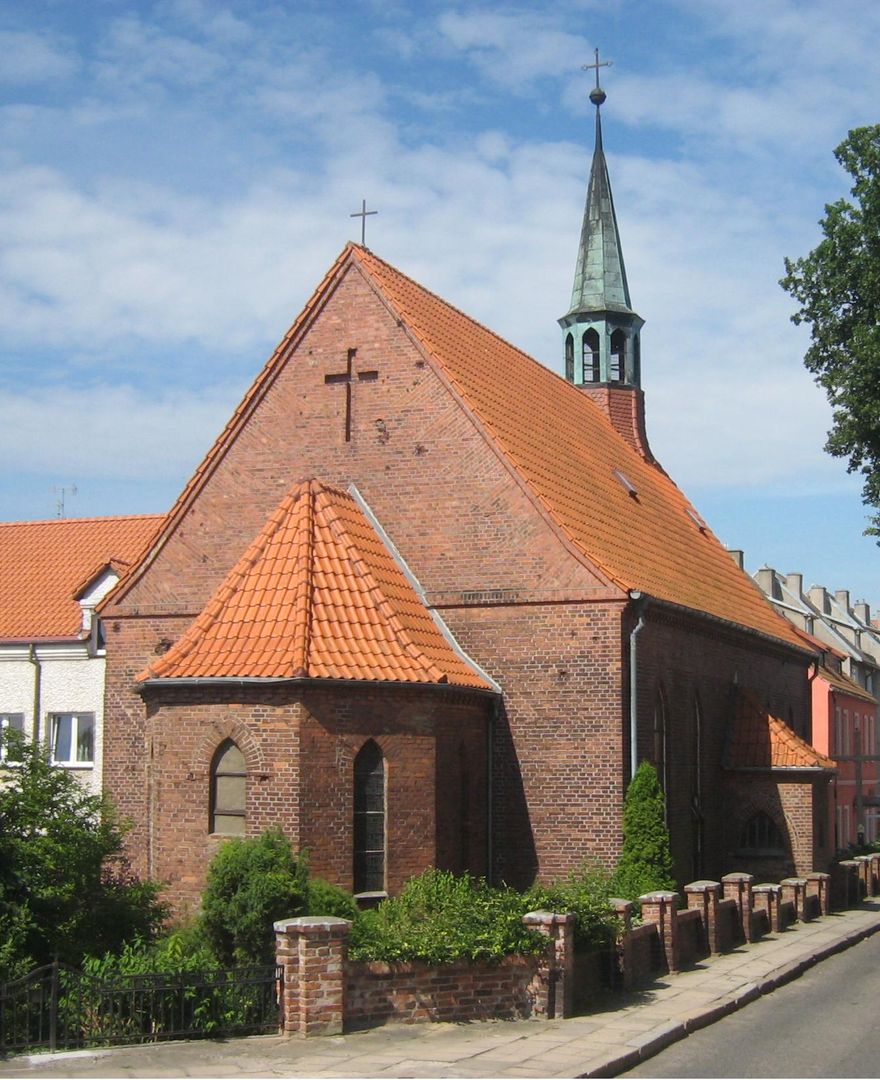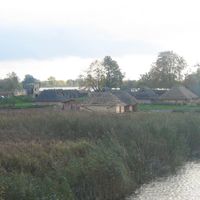Wolin
6.97

Overview
Located in northwestern Poland, in the West Pomeranian Voivodeship, Wolin is a town with a rich history and unique architecture. Once an independent city-state, Wolin was an important trade and religious center, particularly in the context of the worship of Świętowit. The town has passed through various stages of rule, from Mieszko I to Swedish dominance, and in 1945 it became part of Poland. Wolin is home to numerous historic sites, including the 15th-century Collegiate Church of St. Nicholas, a Neo-Gothic town hall, the ruins of St. George's Church, and fragments of medieval defensive walls. Architecturally, the 19th-century houses and early 20th-century buildings, such as the post office, also stand out. Wolin is known for hosting the Festival of Slavs and Vikings, which attracts tourists and history enthusiasts. The residents engage in various cultural events, and the Regional Museum showcases the history of the Wolinian tribe and local crafts. The local cultural center supports regional traditions by organizing various events and competitions. Among the interesting facts, it is worth mentioning the nearby archaeological sites that testify to long-term human presence in the region. Wolin is also a popular destination for water sports, and its infrastructure includes a seaport and a railway station. The town has been home to many notable figures associated with the history of Pomerania, and its spiritus movens is a strong sense of local identity, emphasized through cooperation with partner cities. Thanks to its unique heritage, Wolin remains a significant point on the map of Poland, connecting the past with the present in an engaging way.
Location
You can also find here:
2025 Wizytor | All Rights Reserved

